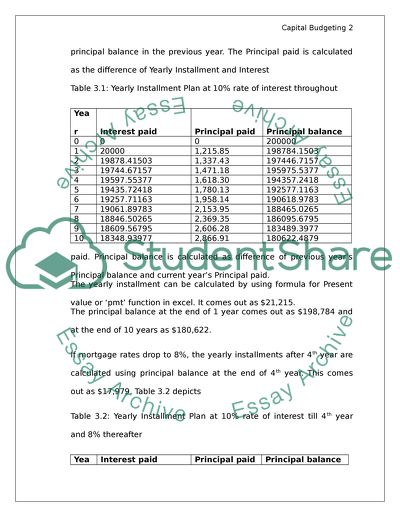Cite this document
(“Capital Budgeting: Math Case Study (Answering questions) Problem”, n.d.)
Retrieved de https://studentshare.org/finance-accounting/1390441-capital-budgeting
Retrieved de https://studentshare.org/finance-accounting/1390441-capital-budgeting
(Capital Budgeting: Math Case Study (Answering Questions) Problem)
https://studentshare.org/finance-accounting/1390441-capital-budgeting.
https://studentshare.org/finance-accounting/1390441-capital-budgeting.
“Capital Budgeting: Math Case Study (Answering Questions) Problem”, n.d. https://studentshare.org/finance-accounting/1390441-capital-budgeting.


